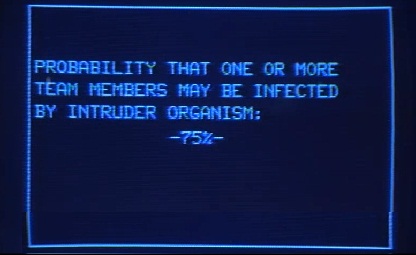

Storage, or SSD/HDD: PC storage essentially comes in two flavors: Solid state drives (SSDs) and hard disk drives (HDDs). The more RAM you have, the more efficiently your computer can process lots of information - helpful for productivity essential for games. To oversimplify things considerably, RAM is where your computer stores information it needs to access right away. Memory, or RAM: RAM (random access memory) determines how much data your computer can process at any given moment. But I’ll also discuss my thought process behind each part, and what tradeoffs I was willing to make.


In a broad sense, we’ll cover the hardware that makes a PC tick. With that in mind, the first part of our “How to build a PC” series focuses on picking parts. What do you want that you can’t get from a prebuilt machine? Which parts will facilitate that goal? And how can you make sense of the hundreds of different tech specs between the half-a-dozen different pieces you’ll need? Before you build a PC, you need to decide why you want to build it. Tom’s Guide has decided instead to split the process into two parts and take a more experiential tack. Before I built my first PC, even these guides would have been a little daunting. However both of these stories focus a lot on mechanics: what components you need, and how to fit them all into a motherboard. There are plenty of good guides out there, particularly from our sister sites like PC Gamer and Tom’s Hardware. Still, building a PC can be a daunting process, particularly for newcomers.


 0 kommentar(er)
0 kommentar(er)
